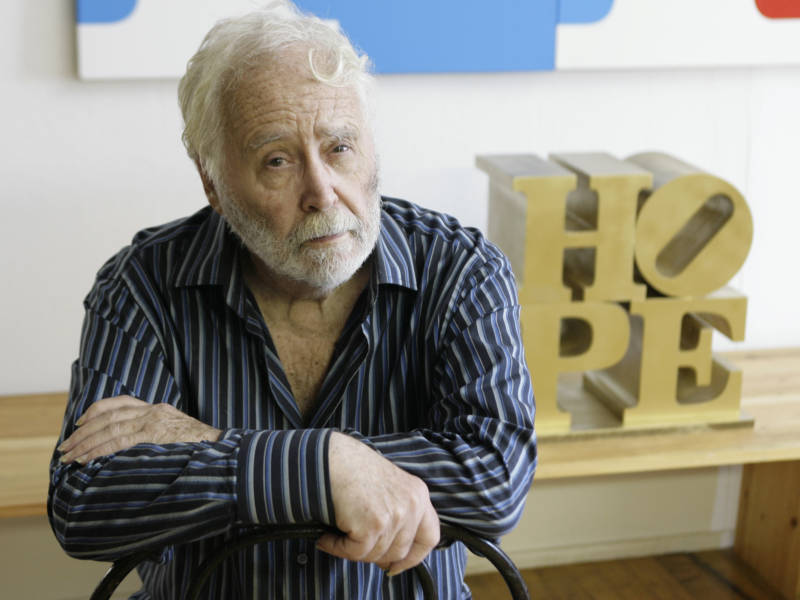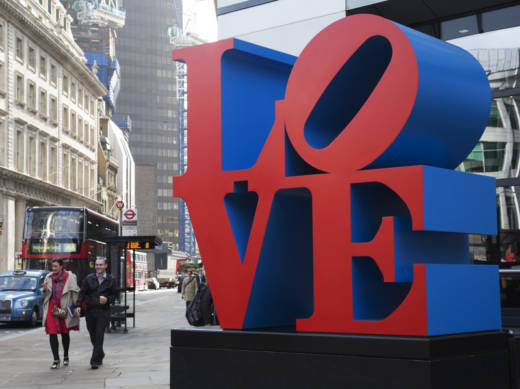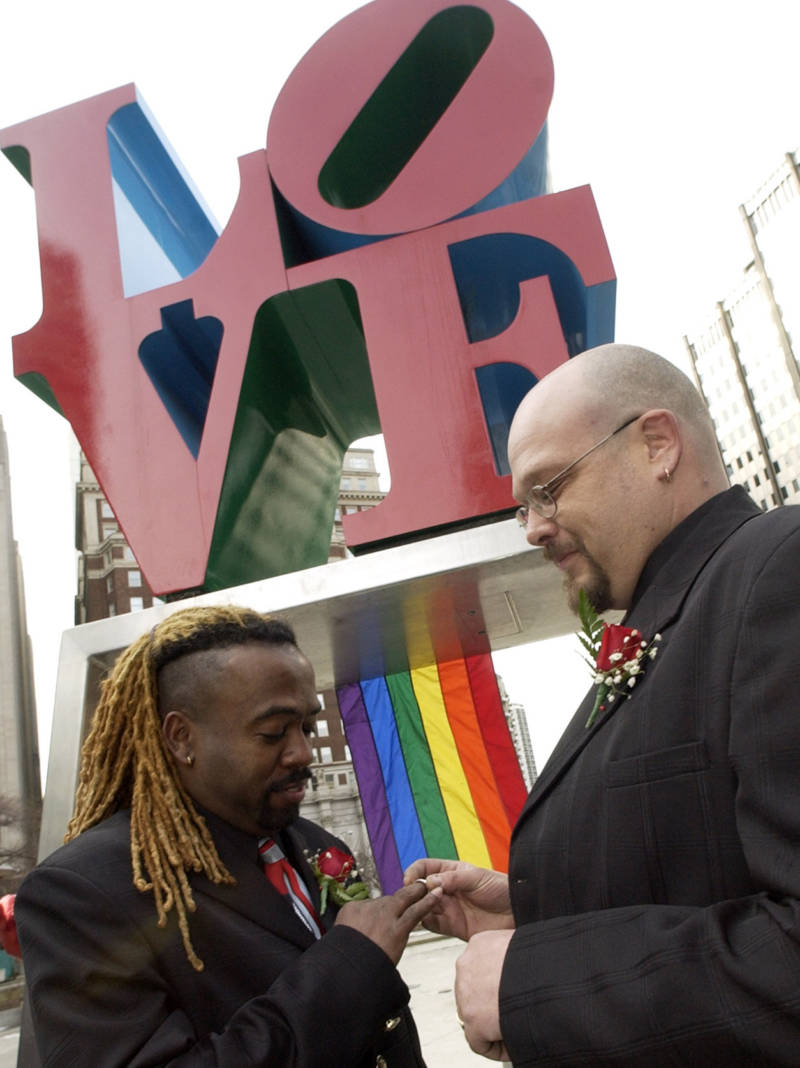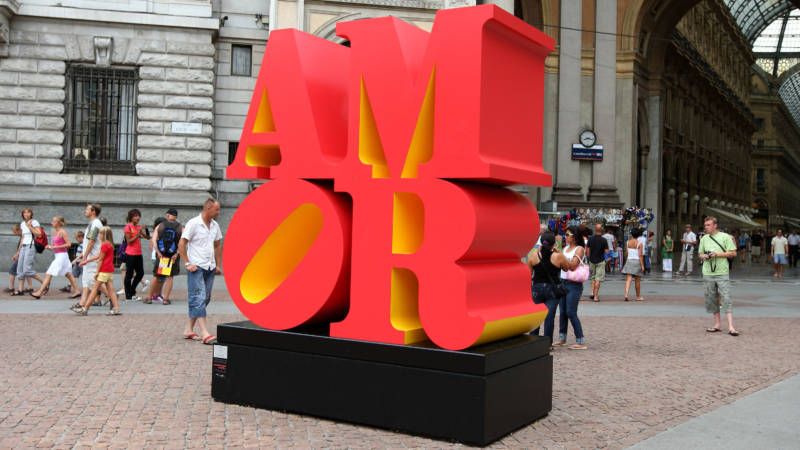Fifty years after his LOVE painting made Robert Indiana a sensation, the artist has died at the age of 89.
Indiana’s two-row rendering of the word, with its tilted “O,” became one of the most recognizable works of modern art in the world. The famous design emerged from deep influences in Indiana’s life, from his early exposure to religion to his father’s career.
Indiana died Saturday at his home in Vinalhaven, Maine. His death came a day after a controversy emerged over control of his work, with a federal lawsuit alleging that Indiana had been isolated from his loved ones, and that his art had been exploited for profit. The case involves an art publisher and a caretaker who had been granted power of attorney, as The New York Times reports.
Born Robert Clark, the artist changed his name to Indiana as a reference to his home state. In 1946, he had turned down a chance to go to art school in order to enlist in the Air Force. After he left the service, Indiana attended the School of the Art Institute of Chicago under the G.I. Bill.

Indiana moved to New York City in the 1950s, meeting artists such as Ellsworth Kelly and Cy Twombly and working a string of jobs as he honed his art. In the 1960s, he began making one-word paintings and met Andy Warhol and other influential artists.



9(MDAxOTAwOTE4MDEyMTkxMDAzNjczZDljZA004))

